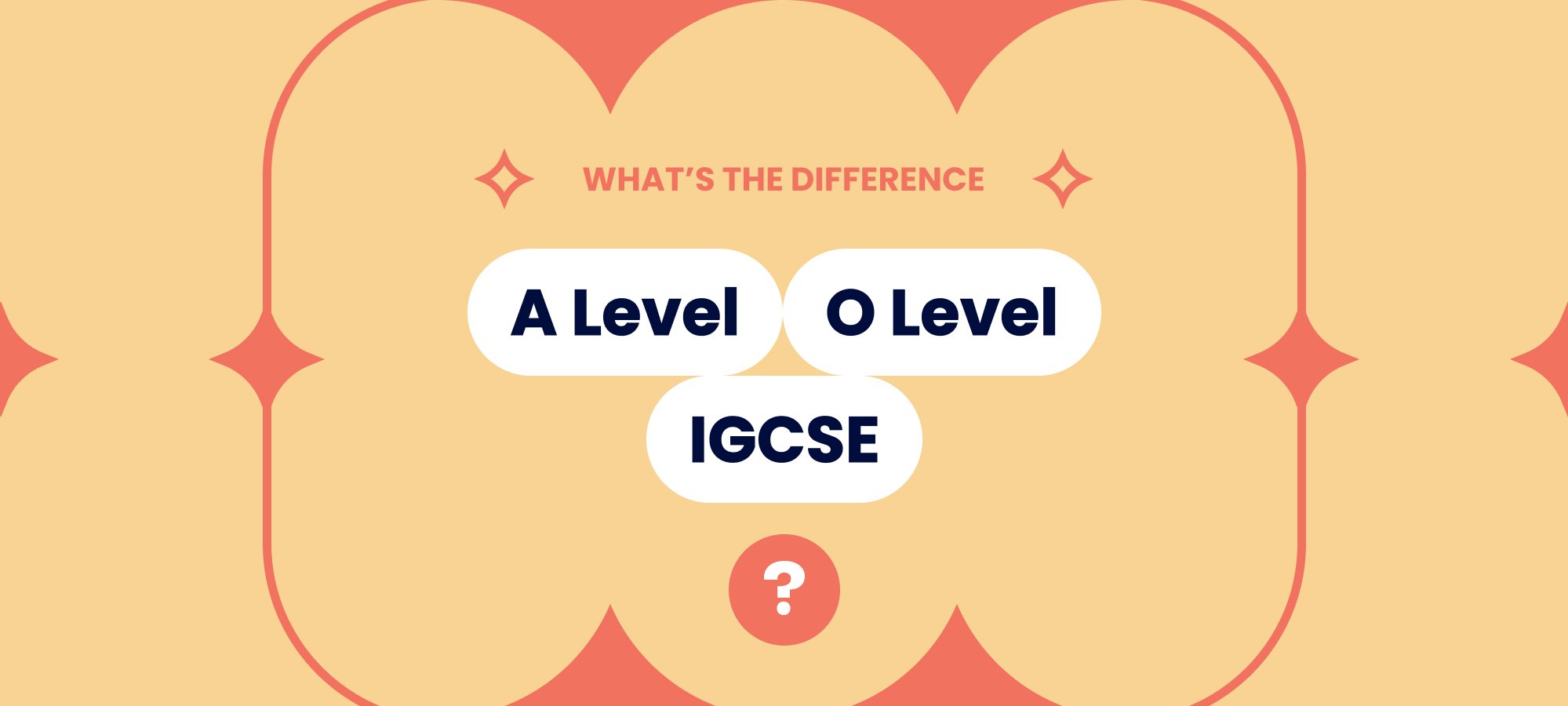Top 3 differences in A Level & O Level and IGCSE: Which one suits your child the best?
Introduction
Choosing the right curriculum for your child's education is an essential decision that will impact their future. Among the popular curricula offered by international schools are the A Level & O Level and the International General Certificate of Secondary Education (IGCSE). In this blog post, we'll explore the top 3 differences between these curricula to help you make an informed choice for your child's education.
1. Structure and Content
A Level & O Level:
A Levels (Advanced Levels) and O Levels (Ordinary Levels) are part of the British educational system, with O Levels catering to students aged 14 to 16 and A Levels for students aged 16 to 19. O Levels typically cover a wide range of subjects, providing students with a solid foundation before moving on to A Levels.
At the A Level stage, students specialize in a few selected subjects (usually 3 to 4), allowing them to delve deeper into areas of interest. Subjects offered at A Level include English, Mathematics, Sciences, Humanities, and Languages, among others. The curriculum encourages critical thinking, in-depth analysis, and independent learning, preparing students for university education.
IGCSE:
The IGCSE is an internationally recognized qualification for students aged 14 to 16. Developed by Cambridge Assessment International Education, the IGCSE is designed to be a flexible and globally relevant curriculum, catering to the diverse needs of students worldwide. The IGCSE offers over 70 subjects, including core subjects such as English, Mathematics, and Sciences, as well as additional subjects like Business Studies, Drama, and Physical Education.
The IGCSE curriculum places a strong emphasis on developing well-rounded students by focusing on knowledge acquisition, practical skills, problem-solving, and communication. The coursework typically includes a mix of written examinations, oral assessments, and practical assignments.
2. Assessment Methods
A Level & O Level:
Assessment for both A Level and O Level qualifications is primarily exam-based, with students taking written examinations at the end of the course. These exams are designed to test the students' knowledge and understanding of the subject matter, as well as their ability to apply what they have learned in various contexts. In some subjects, students may also be required to submit coursework, practical work, or oral examinations, which contribute to their final grade.
IGCSE:
The IGCSE assessment consists of a combination of written examinations, coursework, and practical tasks. The assessment methods vary depending on the subject, allowing students to demonstrate their skills and knowledge in different ways. This diverse assessment approach caters to different learning styles and offers students the opportunity to showcase their strengths.
3. International Recognition and University Preparation
A Level & O Level:
A Levels are highly regarded by universities worldwide, and students who achieve high grades in their A Level examinations are often granted direct entry into the second year of many undergraduate programs. O Levels, while not as highly regarded as A Levels, still provide a strong foundation for further education, and students may be eligible for certain diploma or foundation programs based on their O Level results.
IGCSE:
The IGCSE is recognized by universities and employers worldwide as evidence of academic achievement. Students who successfully complete the IGCSE are well-prepared for further study, including A Levels, International Baccalaureate (IB) Diploma Program, or other pre-university courses. While IGCSE qualifications are considered a strong foundation for higher education, students typically need to progress to A Levels or other advanced qualifications for direct university entry.
Conclusion
When deciding between the A Level & O Level and IGCSE curricula, it's essential to consider your child's learning style, interests, and future educational and career goals. Both curricula offer strong foundations and are recognized by universities and employers worldwide. However, they differ in structure, content, and assessment methods.
The A Level & O Level system provides a more traditional and focused approach to education, with students specializing in a few subjects at the A Level stage. This curriculum is ideal for students who have a clear idea of their future academic and career paths, as it allows them to focus on subjects relevant to their goals.
The IGCSE offers a more flexible and globally relevant curriculum, with a wide range of subjects and diverse assessment methods. This curriculum is suitable for students who prefer a more well-rounded education, as it encourages the development of a broader skillset and caters to different learning styles.
Ultimately, the choice between A Level & O Level and IGCSE will depend on your child's unique needs and preferences. As a parent, it's essential to understand the differences between these curricula, engage in open communication with your child, and seek guidance from educators to ensure the best possible decision for your child's future.

